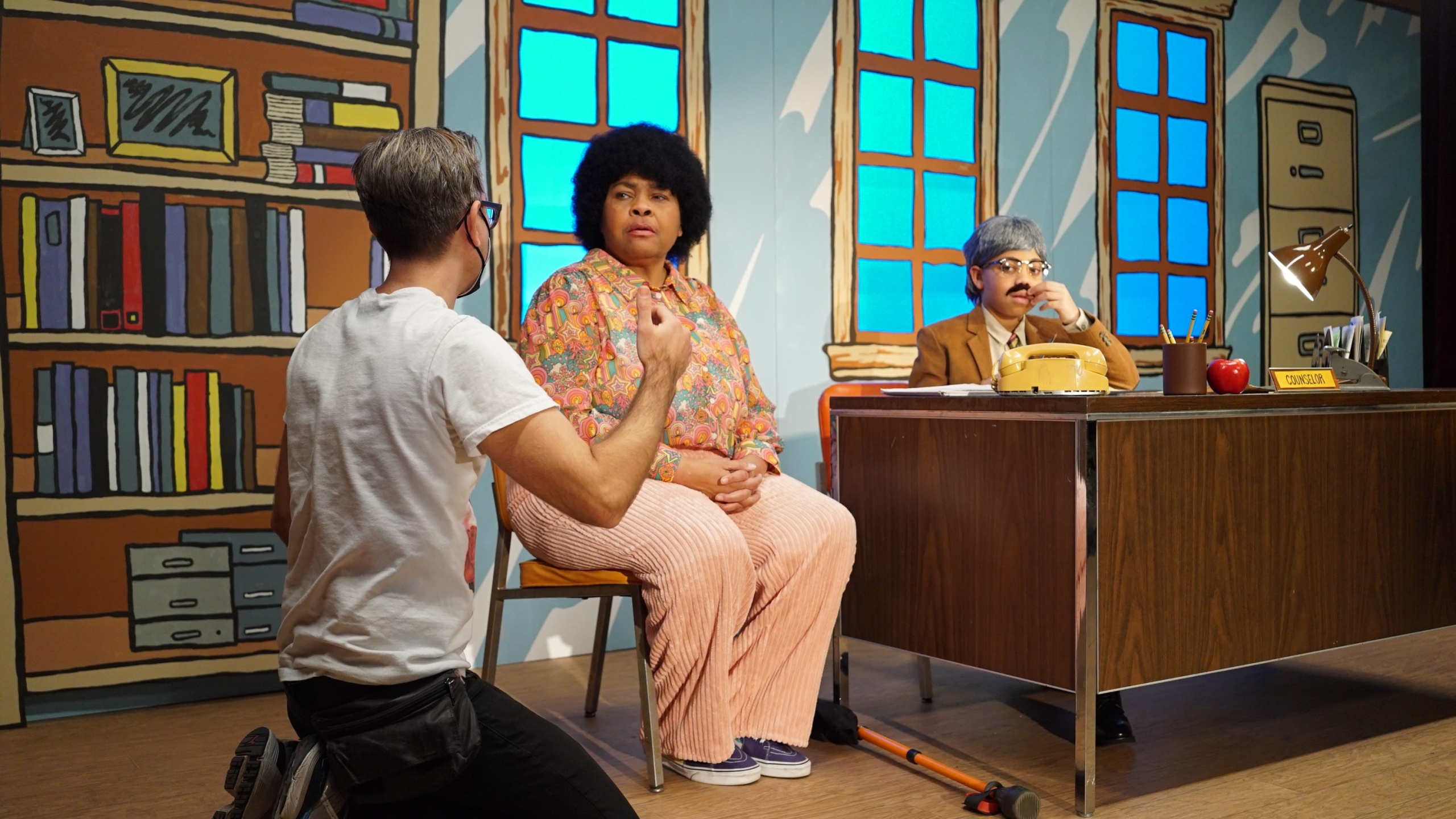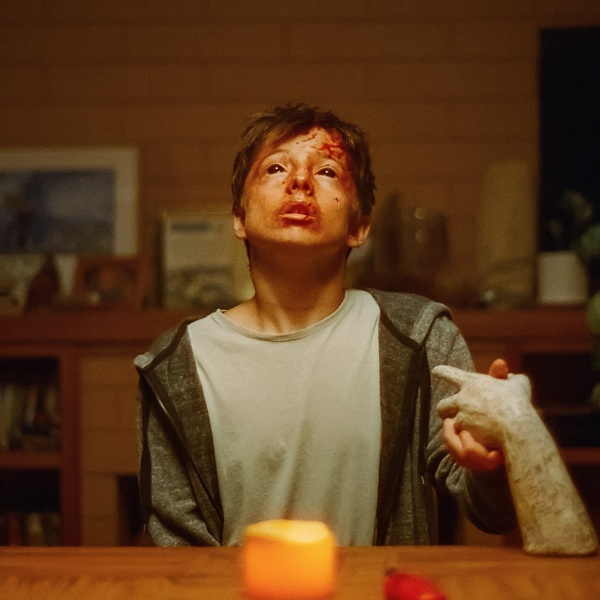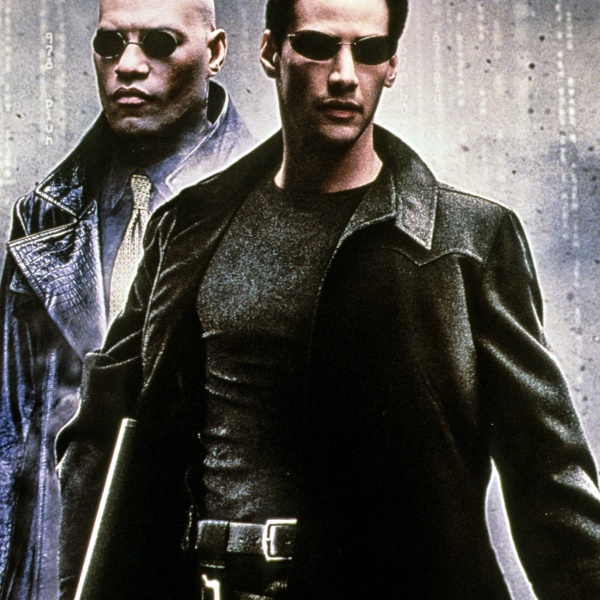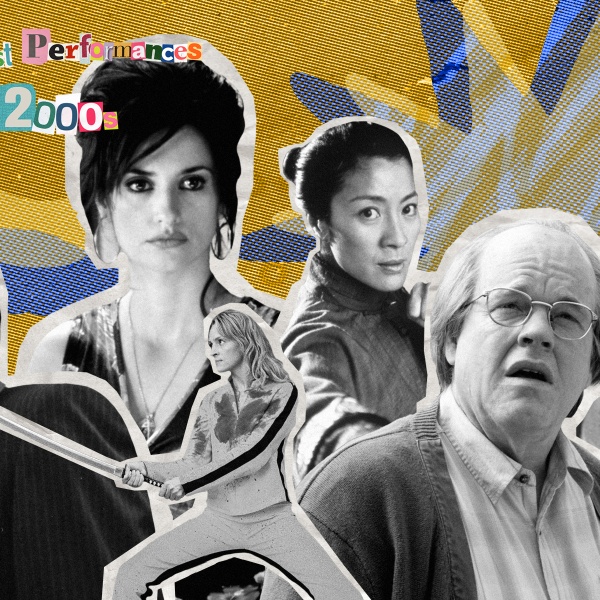On paper, “Patrice” sounds like a heartbreaking story — but the documentary is as joyous and life-affirming as they come. Now streaming on Hulu, Ted Passon’s film follows Patrice Jetter and her partner, Gordon, as they navigate the news that if they marry (or even live together) as two people with disabilities, the government will end their benefits.
Yes, in the year 2024, the United States government still penalizes people for getting married, and “Patrice” doesn’t shy away from the inhumanity of that. But it also follows Jetter’s buoyant example: there is no obstacle that she doesn’t seem capable of surmounting.
Passon had known Jetter for years before making the documentary, and the film stemmed from his desire to work with her again after she appeared on the Netflix series “Worn Stories.” “Her segment was the most popular in the entire series,” Passon told IndieWire. “So it was like, ‘OK, it’s not just me that thinks she’s awesome. This is an objective fact.’”
Coming off of four years working on “Philly D.A.,” about the criminal justice system, Passon was ready for something completely different. And Jetter’s infectious personality seemed like the perfect counterweight. But it took some time to find the key to the film: recreations of Jetter’s story using her art as backdrops and a cast of children to recount her life before the documentary.
“From the first moment, it was clear that her artistic vision is so part and parcel to who she is that the film has to reflect that in some way,” Passon said. “The bigger question was, how do you get her artwork there?”

The solution ultimately became to use the art to show the artist. But animation didn’t feel right. Luckily, both Jetter and Passon had backgrounds in children’s television, so when that idea initially came up, it was the obvious solution for her to design the world and then place her in it. That choice informs the entire tone of the film, taking the bad and making it seem navigable in the same way that Jetter approaches her life.
“When she talks about her backstory, she has a way of always finding a joke, even when she’s telling you something really dark,” Passon said. “Even just from a storytelling standpoint, we don’t want to gut the audience so many times in the film. Then the other nice thing that kids give us is latitude. If we were trying to do these stories straight or just true to life, our margin of error would be razor-thin. Chances are, we would have failed miserably. And so the kids gave us the humor, they gave us the lightness. Then the other thing they gave us that we really liked was it provides this unexpected gut punch, because hearing some of this stuff [people said to Jetter] lays bare the inhumanity of the system when you juxtapose it with the child’s innocence.”
Those sequences almost doubled the film’s budget, but they do heavy lifting in terms of keeping “Patrice” as hopeful as possible, particularly as things take a more painful turn as she becomes increasingly engaged with protests and efforts to help pass a law that would protect benefits after marriage.
And as Jetter fought for basic rights in real life, Passon ensured that the film stayed focused on equality behind the scenes, as well. “To keep the story authentic, it was really important for us to put together a team that matched the intersectional identities of Patrice,” Passon said. “So we had a whole team of disabled folks from different backgrounds, different class backgrounds, and racial backgrounds at every tier of the project. I feel, if the film works, it’s because we had this group of people who came from these different backgrounds calling stuff out left and right as we were going and keeping the story authentic.”
“Patrice” is now streaming on Hulu.



